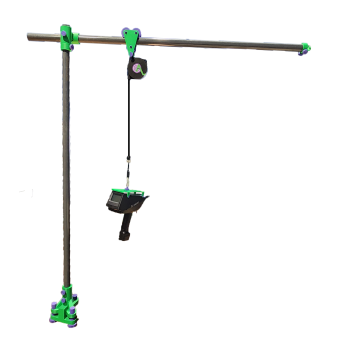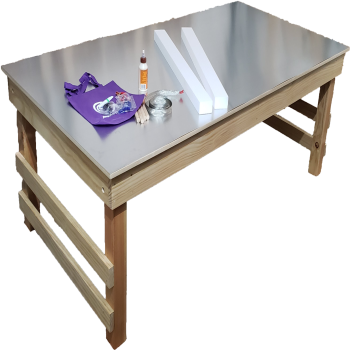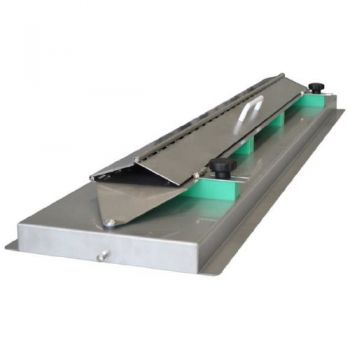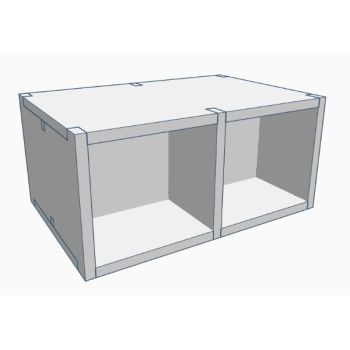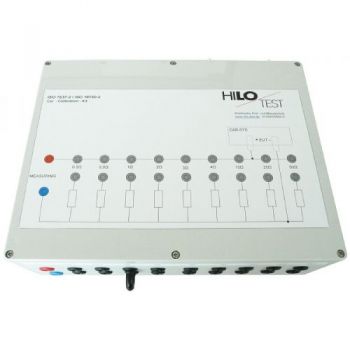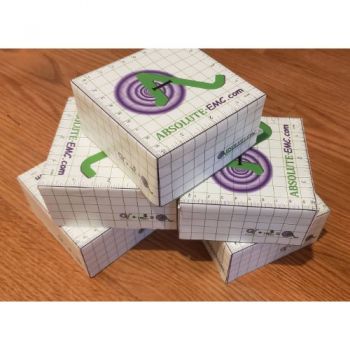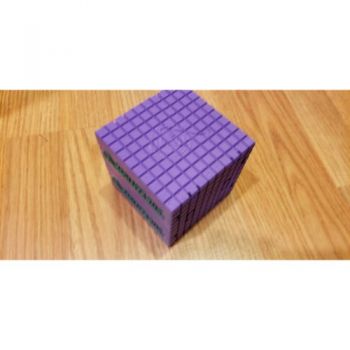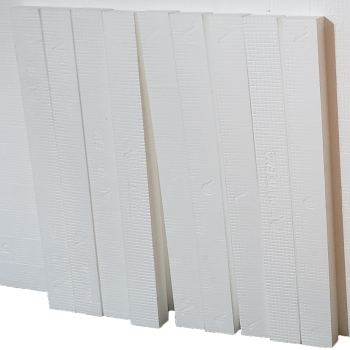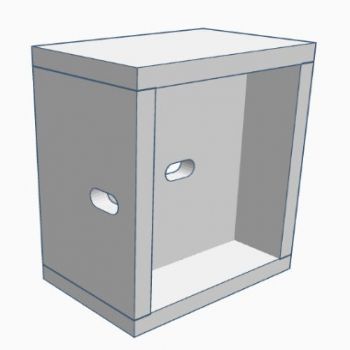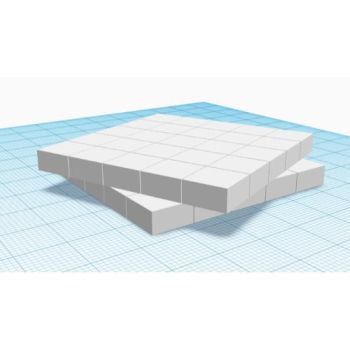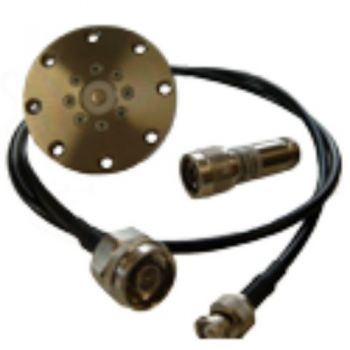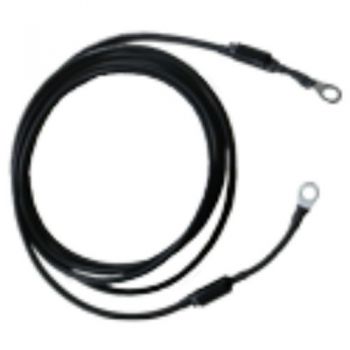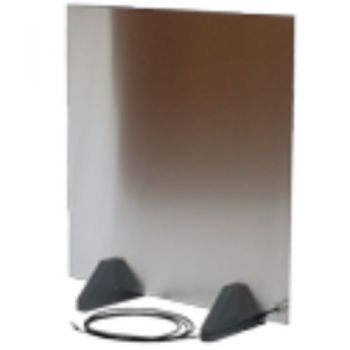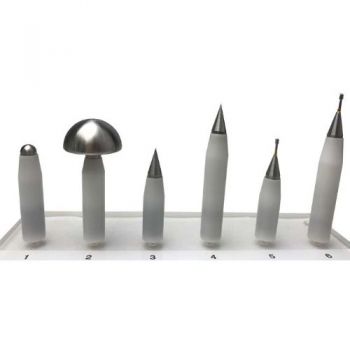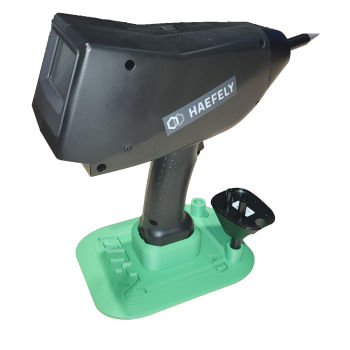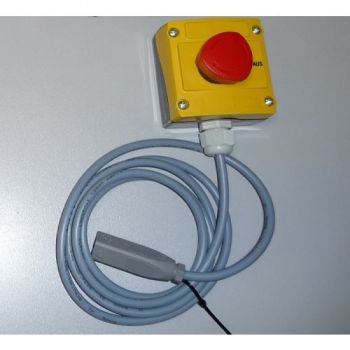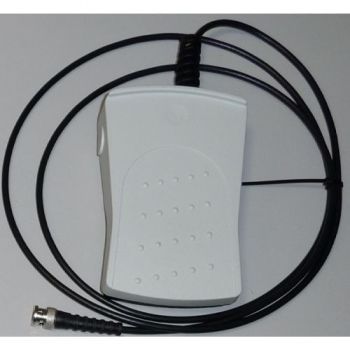
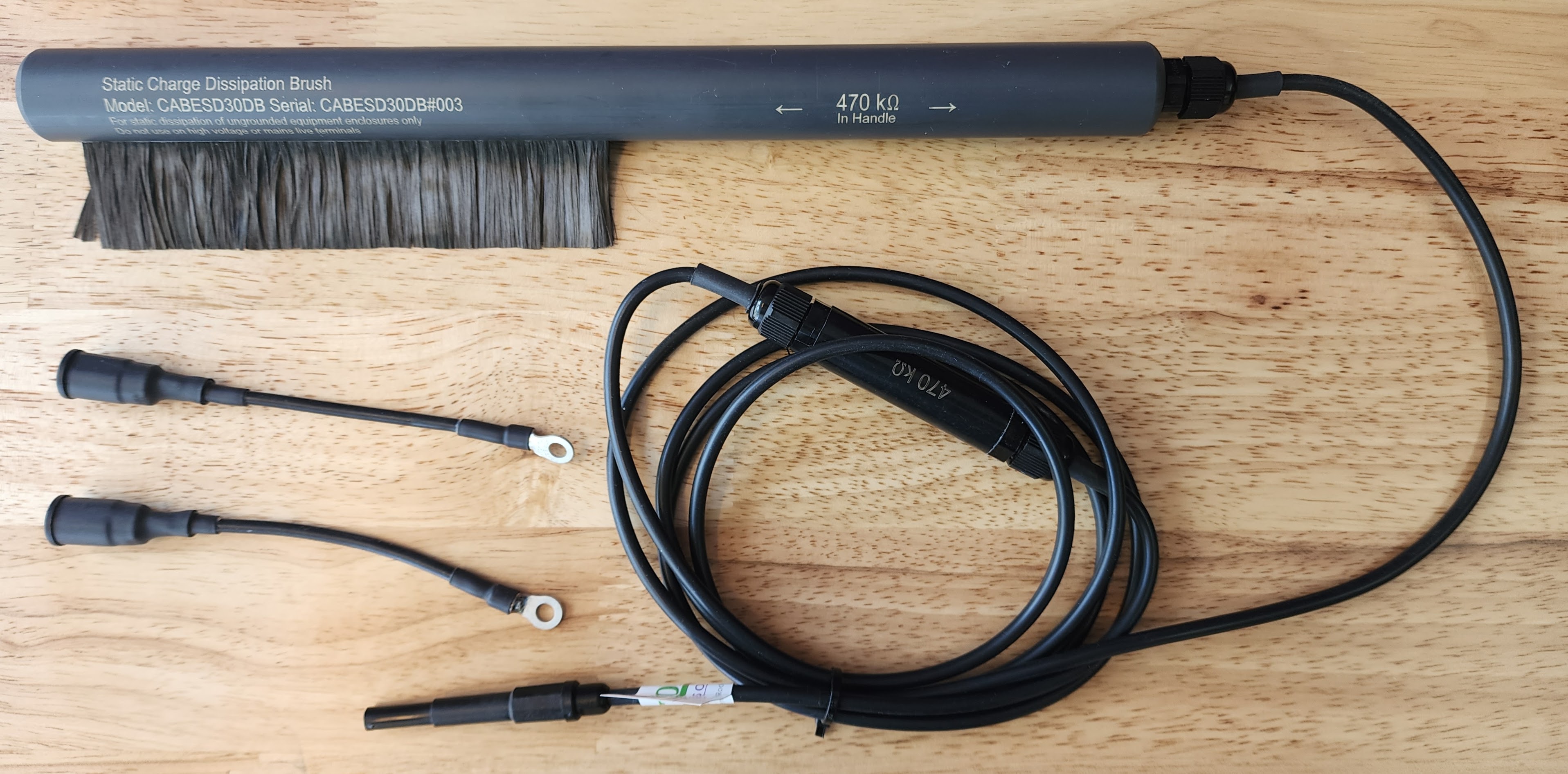

ESD-Static Dissipation Brush, referenced in EN 61000-4-2
Static Dissipation Brush is designed to meet section 7.2.4.1 of EN 61000-4-2: 2009. It is used to dissipate the charge on ungrounded equipment being tested.
PARTNER:
MARKETS:
TEST STANDARDS:
ESD Static Dissipation BrushStatic Dissipation Brush is designed to meet section 7.2.4.1 of EN 61000-4-2: 2009. It is used to dissipate the charge on ungrounded equipment being tested. The brush is applied to the equipment under test between successive discharges, preventing charge build-up and the potential for over-testing. The carbon brush is supplied with a 2m silicone cable that incorporates the required discharge resistors. It can be used as the one (1) megohm resistor (1MΩ±10%) called out in MIL-STD-461G CS118 ESD to discard the EUT.
In the realm of EMC testing, a static dissipation brush plays a crucial role in mitigating electrostatic discharge (ESD) events during testing processes. The primary purpose of incorporating a static dissipation brush is to prevent the accumulation of static charges on the surfaces of objects being tested, particularly on the devices under evaluation or the test setup itself. Here are the key reasons for utilizing a static dissipation brush in EMC testing: The EUT/DUT can hold a charge if there is no way to dissipate the ESD event. This is common in battery powered items but can also happen in other products as well. One of 2 things can happen when this occurs:
In both cases, the EUT would not be tested as required by the standard. The use of an ESD dissipation brush in between each pulse discharge will ensure a proper test. A proper brush will use a very fine metal brush to run over the surface of the product. Make sure not to touch any open terminals or connectors that may cause a short. The fine metal hair brush grounded through a bleed wire (2x 470Ohm resistor on each end) will dissipate any charge on metal surfaces or that may have built up on non-conductive surfaces. This is a tool that needs to be part of all ESD-compliant test setups. |


